In the Middle Ages, Venice earned its reputation as the queen of European trade. Heavily laden ships brought fabrics, jewelry, Arabian spices, and African fruits to the Doge’s Palace. This commercial activity fostered the development of Venetian crafts — many of which still thrive today. That means there are plenty of wonderful souvenirs to be found. In this guide, we’ll show you what to bring back from Venice and where to shop for the best keepsakes.
Choose a hotel in Venice» READ MORE – Gondolas in Venice: how to ride through the canals?
Rialto Market and Souvenirs
The Rialto Market is the city’s primary shopping hub. Situated just beyond the famous 16th-century bridge of the same name, the market itself dates back much further. By the 11th century — over a thousand years ago — this was already a bustling center of commerce.
You’ll find a variety of souvenirs at the Rialto Market. From classic magnets featuring Piazza San Marco and the Accademia and Rialto bridges to playful parodies of gondoliers’ striped uniforms and hats, the selection is vast. Occasionally, you’ll even come across colorful model gondolas that make for charming mementos.
However, don’t expect authenticity in most of these products — many are mass-produced far from Venice, often in China. The upside? They’re relatively inexpensive. Feel free to haggle for a better price!
A word of caution: keep an eye on your belongings while browsing. The market is a prime spot for pickpockets.
Tasty Souvenirs
Contrary to the common belief that Italy is all about wine, the Veneto region offers some unique and strong alcoholic beverages worth bringing home.
Taste the Flavors of Venice on a 4-Hour Tasting Tour.One of the standout drinks is Bombardino, a cheerful liqueur made from egg yolk, which gives it its signature golden hue. It’s served hot in a warmed glass, often topped with whipped cream for a sweet touch. Think of it as Venice’s version of mulled wine — a perfect way to warm up during the colder months.
Another regional specialty is Grappa, a potent spirit ranging from 40% to 70% alcohol. Produced in the Alpine town of Bassano del Grappa, the most esteemed brands include Poli and Nardini.
Bombardino and Grappa, along with renowned Veneto wines, can be found at Ruga Vechia San Giovanni 779, where they are sold in elegantly designed bottles—ideal for gifting.
While the Veneto region may not rival the cheese powerhouses of Holland or Normandy, it offers its own distinct flavors.
Want to explore Venice’s culinary world further? We’ve found a private tour with 10 tastings just for you.
Among local cheeses, Asiago is a favorite, made from cow’s milk and available in a range of ages, from mild to intensely matured. Another unique option is Formajo Imbriago, or «drunken cheese,» which undergoes a winemaking-inspired fermentation process, giving it a distinctive purple hue.
Cured meats are another specialty, as in much of Italy. Be sure to try some Venetian varieties before you leave.
Learn more about Italian gastronomic traditions in our dedicated article.
Venetian Masks
No trip to Venice is complete without a traditional carnival mask — a long-established emblem of the city. Few realize that masks were once forbidden until the 14th century, even during carnival season, as they were associated with women of ill repute.
Over time, however, norms evolved. By the 15th century, appearing at a Venetian carnival without a mask was considered inappropriate. Masks offered anonymity, allowing Venetians to mingle freely across social classes — centuries before the internet brought a similar sense of disguise.
Mass-produced masks from China are inexpensive, but if you want an authentic, handcrafted piece, be prepared to spend at least 100 euros. Genuine masks come with a certificate of authenticity, a master’s stamp, and the workshop’s address.
For a truly immersive experience, visit Calle Caleper 3215, where you can not only buy a mask but also participate in its creation.
Murano Glass
Another legendary Venetian craft is Murano glass. Since the 11th century, glassblowers from the island of Murano have been producing uniquely exquisite works of art.
Murano glass is not just beautiful but also incredibly durable due to a tempering process. The glass is first heated to 1600°C in a furnace and then rapidly cooled in ice water, creating remarkable strength.
The glassmakers of Murano were so valuable to Venice that, in the 16th century, the Doge granted them the noble title of Count and even allowed them to marry into aristocratic families.
To find an authentic piece of Murano glass, take a short 10-minute shuttle boat ride from Venice to Murano. There, you can browse a wide selection of glassworks and witness the mesmerizing craftsmanship in waterfront workshops.
» READ MORE – Popular brands and shopping in Italy
Burano Lace
Near Murano lies another charming island with a similar name — Burano. While best known for its vividly colored houses, Burano also has a deep-rooted tradition in lace-making.
The island’s seafaring history gave rise to its colorful architecture; legend has it that sailors painted their homes in bright hues so they could easily identify them upon returning from long voyages.
Burano is home to some of the world’s finest lace workshops, where artisans continue to craft delicate designs using historical techniques.
If you’re willing to splurge on a unique keepsake, Burano lace is a worthy investment. Learn more about the island’s history and traditions on this guided tour.
If you want to bring home something more meaningful than magnets and other small trinkets, be prepared to spend a bit more. Scammers often try to lure tourists with deals that seem too good to be true — so shop wisely.
Happy shopping!
» READ MORE – 15 main sights of Venice



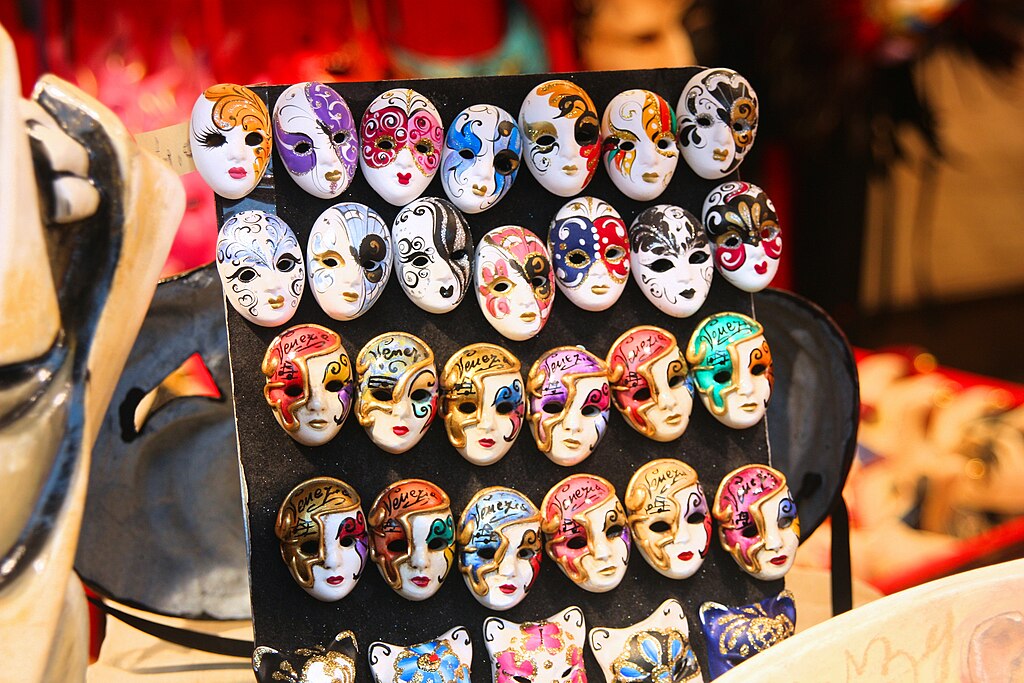
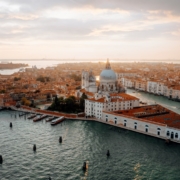 Martin Katler / Unsplash
Martin Katler / Unsplash 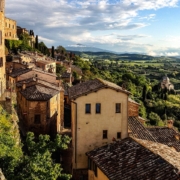
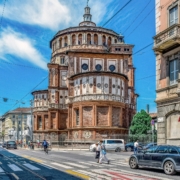
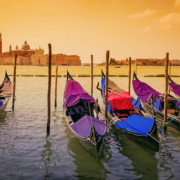 Vera Kratochvil / publicdomainpictures.net / CC0
Vera Kratochvil / publicdomainpictures.net / CC0 
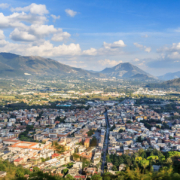
 G.C. / Pixabay
G.C. / Pixabay Hans / Pixabay
Hans / Pixabay
Leave a Reply
Want to join the discussion?Feel free to contribute!